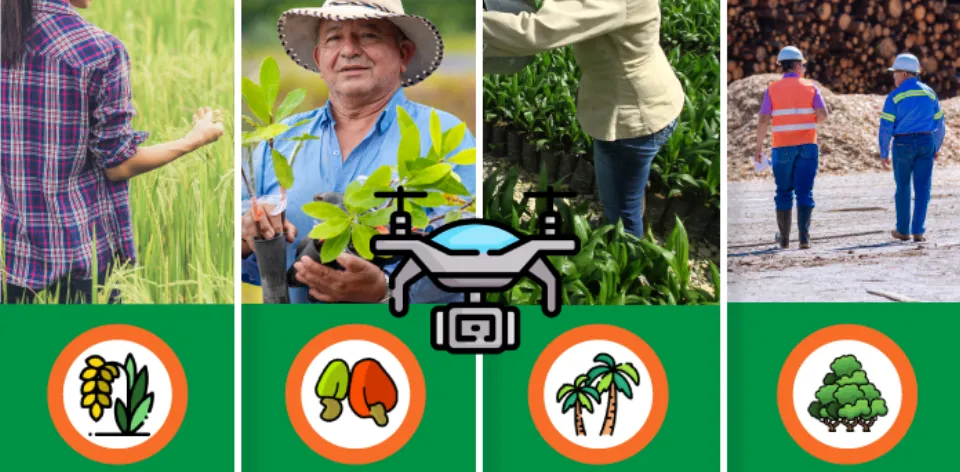 21/8/2024
21/8/2024
UPRA advances in satellite crop monitoring of the national continental area

The monitoring continuously covers over 43 million hectares of the national agricultural frontier, processing more than 2,500 satellite images per semester and generating over 80 GB of data.
Bogotá D.C., (@Minagricultura, @UPRAColombia, @claudialili76). The Rural Agricultural Planning Unit (UPRA) is making significant progress in crop monitoring through the use of cutting-edge technologies aimed at enhancing the precision and coverage of agricultural monitoring in Colombia.
By leveraging a large volume of both free and commercial satellite data, the project combines optical and radar satellite monitoring technologies, achieving unprecedented coverage across the country. The monitoring continuously covers over 43 million hectares of the national agricultural frontier, processing more than 2,500 satellite images per semester and generating over 80 GB of data.
The project is a pioneer in the use of artificial intelligence and cloud processing technologies, generating transparent, timely, and precise data on cultivated areas for crops such as potatoes, corn, rice, cocoa, plantain, livestock pastures, and sugarcane. This innovation enables more effective agricultural management and better support for farmers.
Monitoring is conducted biannually for crops such as potatoes, maize, and rice, and annually for cocoa and plantain. This approach allows for the analysis of crop dynamics and changes over time, strengthening the data in the Municipal Agricultural Assessments. Furthermore, monitoring reports are being consolidated into bulletins to publish key findings, enhancing the understanding of cultivated area variations over time.

